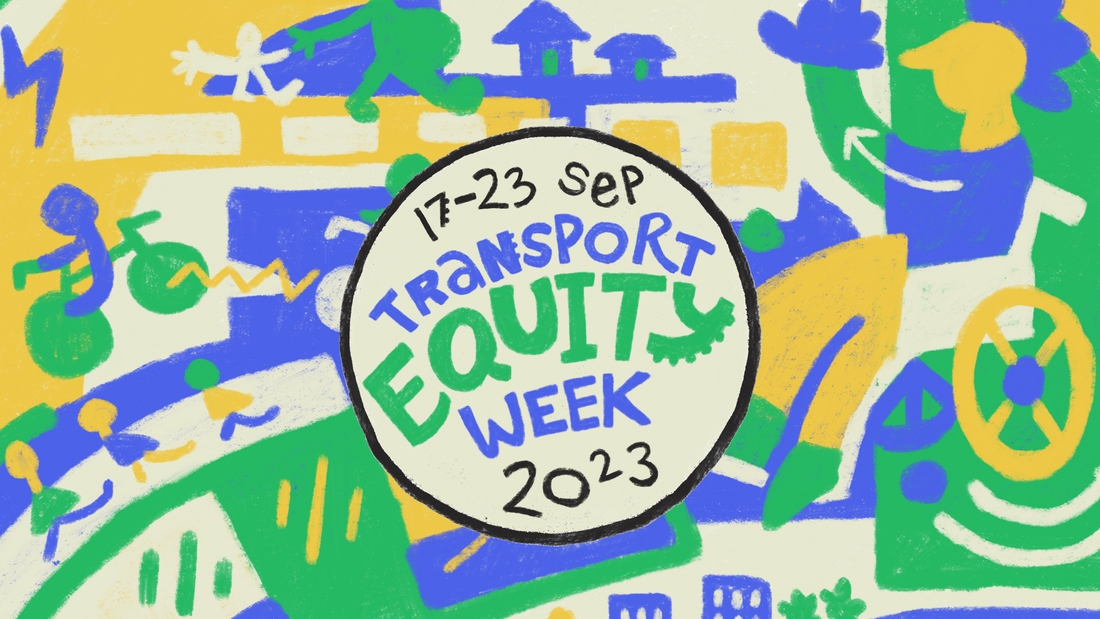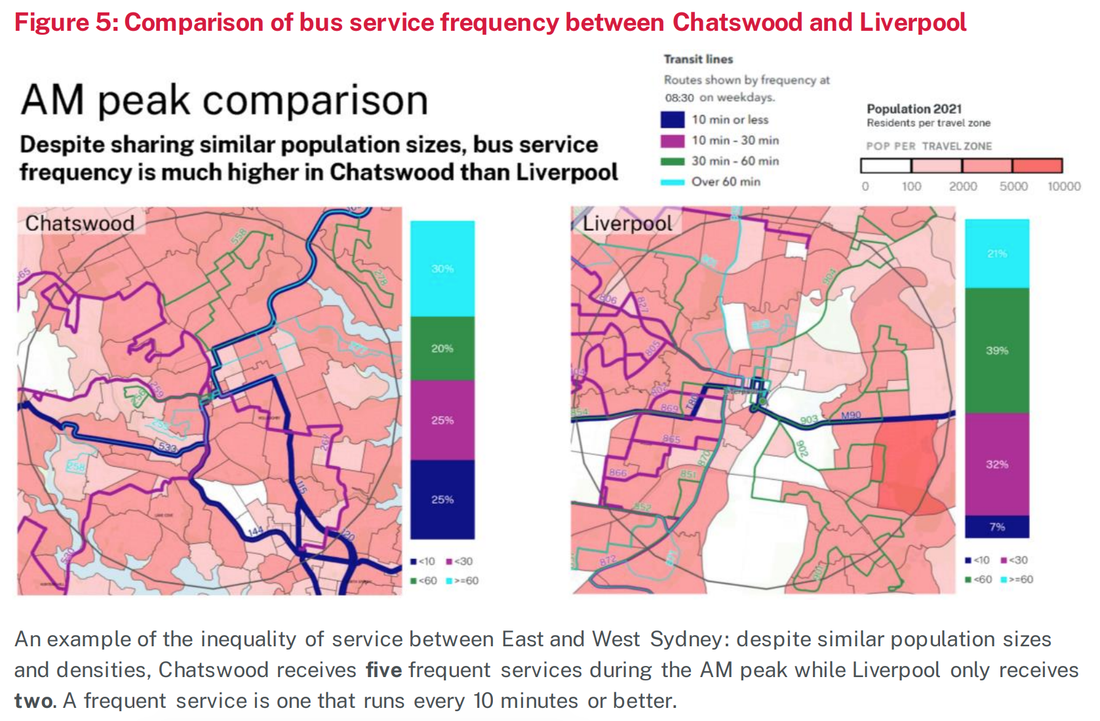|
Transport equity is the principle that all individuals, regardless of their socio-economic status, race, disability, age, gender, or other aspects of their identity, should have equal access to safe, affordable, reliable, and efficient transportation options. Friends of the Earth (FOE) is inviting all groups and individuals who are interested and care about accessible and equitable transport for all, to join Transport Equity Week from 17-23 September 2023 with an action to raise awareness for transportation equity issues. You can sign up for an action here and access the fantastic social media pack. What does transport equity mean? Transport equity, also known as transportation equity or mobility justice, addresses the disparities and barriers that certain groups face when trying to access transportation. This can be thought about in 7 broad areas.
Case study - Chatswood and Liverpool. |
Archives
July 2024
Categories
All
|



 RSS Feed
RSS Feed